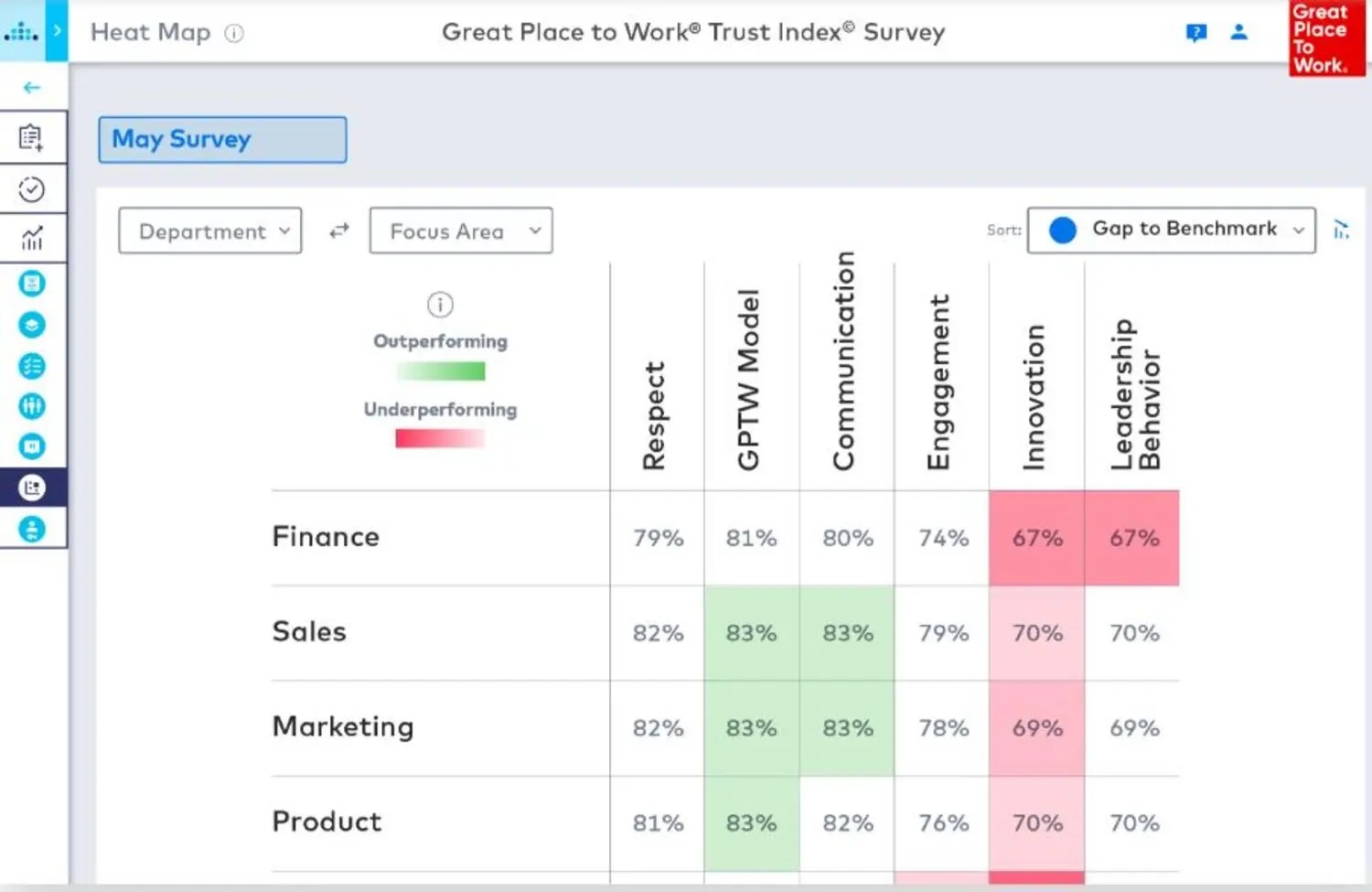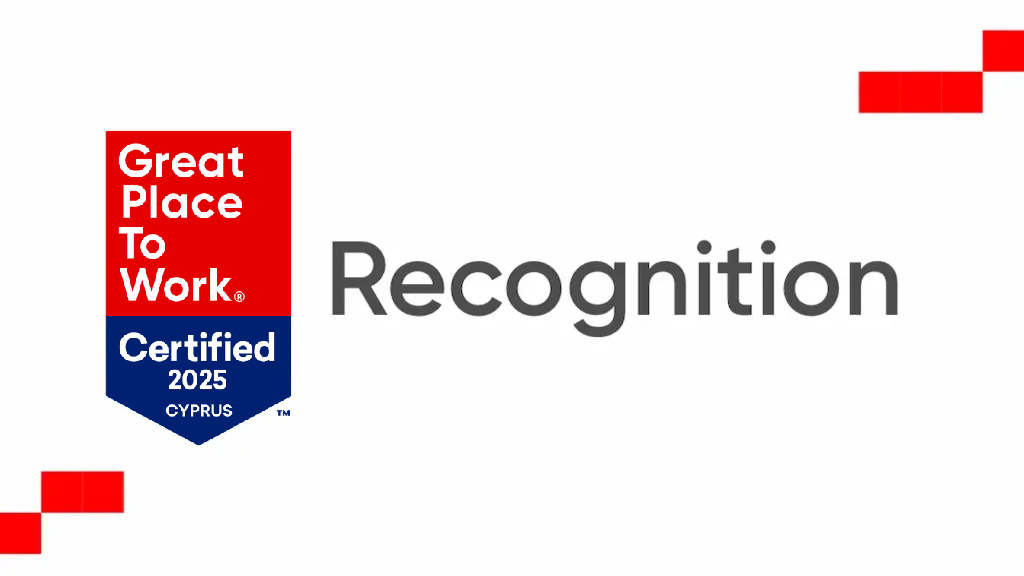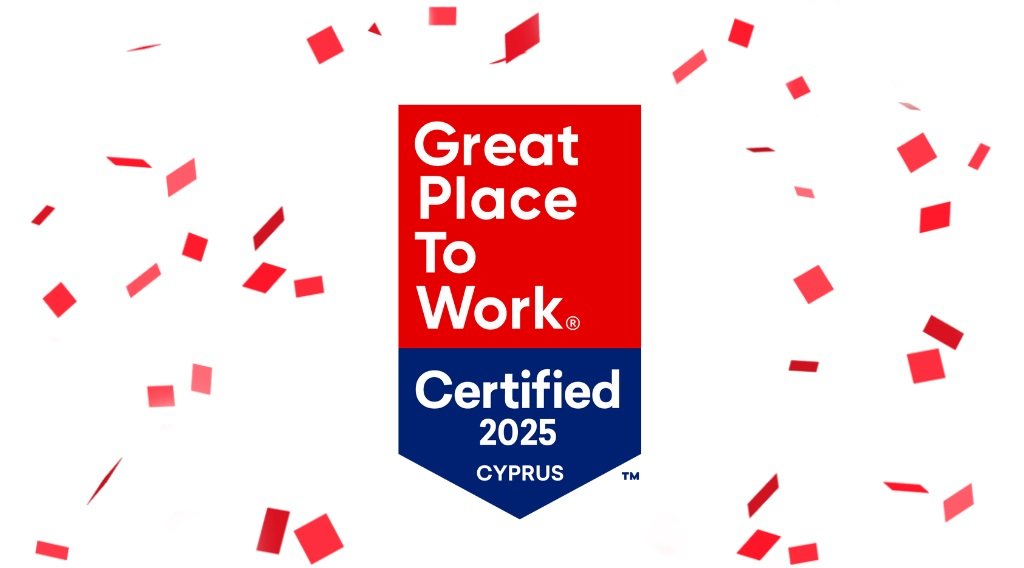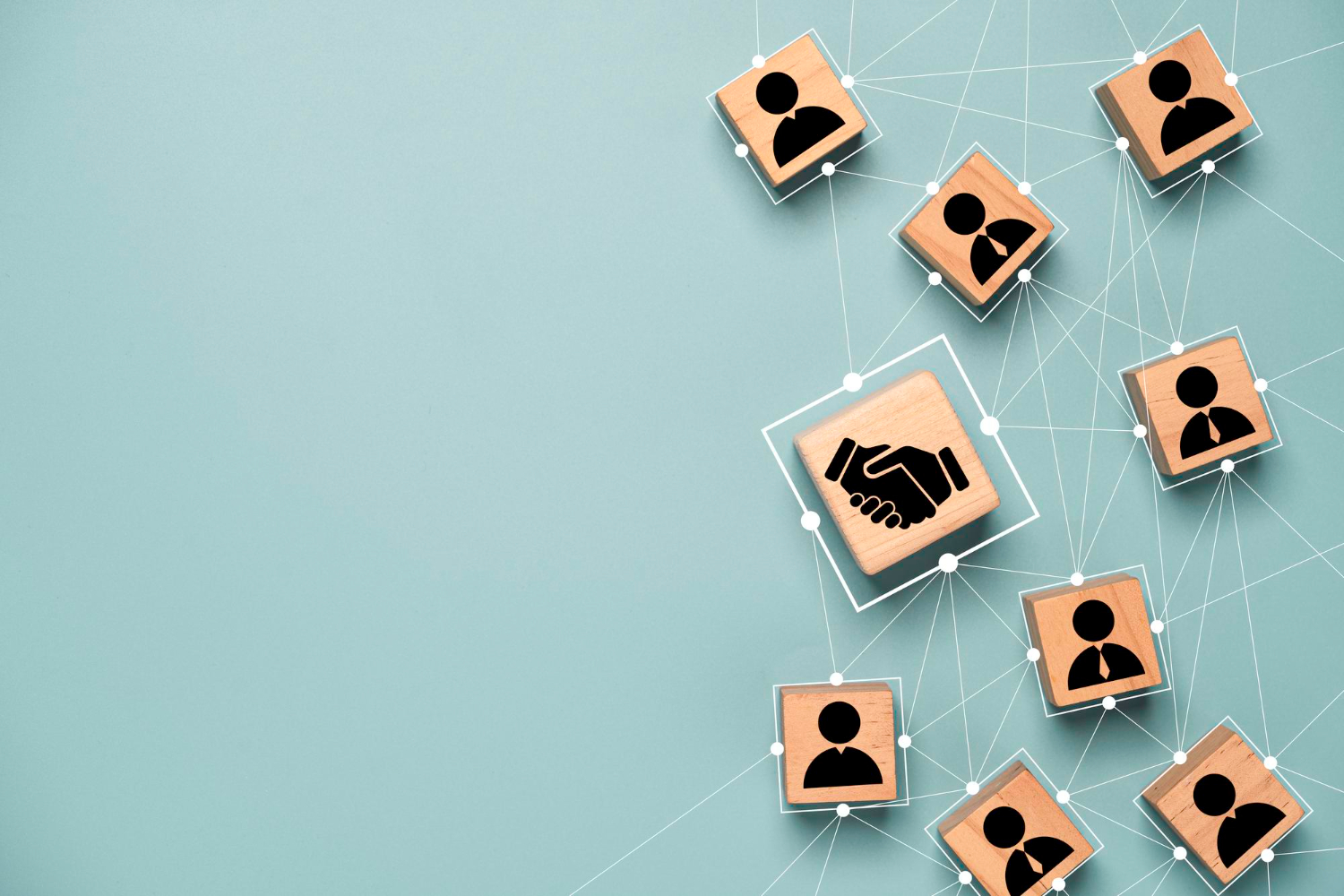Workplace diversity in Cyprus is more than just a policy — it’s a growing movement that celebrates the unique mix of people who make Cypriot organisations thrive. Whether it’s differences in culture, gender, language, or life experience, diversity brings fresh perspectives and creative energy to every team.
In this blog post, we’ll explore 17 different types of workplace diversity found across Cyprus and how embracing them can strengthen organisational culture, innovation, and long-term success.
What does diversity in the workplace mean?
Diversity in the workplace describes the mix of people in an organisation, including visible and non-visible characteristics such as gender, age, nationality, disability, education, and beliefs. In a “For All” workplace approach, the focus is not only on who is present, but on whether everyone, regardless of who they are or what they do, has a consistently positive, high‑trust experience at work.
In Cyprus, diversity reflects the island’s multicultural workforce, combining local Cypriots with talent from Europe, the Middle East, Africa, and beyond. When organisations recognise and value this mix, diversity becomes a strategic asset rather than just a demographic statistic.
What is the importance of diversity in the workplace?
Diversity is important because it supports better decision-making, creativity, and innovation by enabling employees to bring different perspectives to problems and opportunities. Research on diverse and inclusive teams shows that they tend to outperform less varied groups on complex tasks and adapt more quickly to changing markets.
For Cypriot companies, diversity also strengthens the employer brand and attracts talent in a competitive labour market where skilled workers seek fair, inclusive workplaces. Embracing diversity and inclusion helps organisations reduce inequalities, improve employee well‑being, and build resilient cultures that support sustainable growth.
What are the different types of diversity in the workplaces in Cyprus?
Workplace diversity in Cyprus can be grouped into three broad categories: internal, external, and organisational. Internal diversity encompasses personal characteristics people are generally born with or deeply rooted in; external diversity relates to life circumstances, choices, and experiences; organisational diversity focuses on how people are positioned and structured within the company.
Understanding these categories helps Cypriot organisations take a more holistic, data‑driven approach to diversity, equity, and inclusion. It also ensures that initiatives go beyond single-dimensional efforts (e.g., gender) and address the full spectrum of the employee experience.
1. Internal Diversity
Internal diversity refers to the inherent characteristics that make up a person’s identity, such as race, ethnicity, age, sex, and many physical and cognitive traits. In Cyprus, this is visible in the mix of Greek Cypriot and international employees working together, each bringing different languages, histories, and perspectives into the workplace. When organisations recognise and value these identity‑based differences, they can design fairer policies, address bias more effectively, and create a stronger sense of belonging and psychological safety for everyone.
Race and ethnicity
Race and ethnicity in Cyprus reflect both the local Cypriot communities and an increasingly diverse mix of international employees from Europe, Asia, and Africa. Organisations that acknowledge and respect this ethnic diversity are better positioned to serve multicultural customers and build inclusive teams.
Inclusive practices can include anti‑discrimination policies, awareness training, and open dialogue about bias and stereotypes. These steps help reduce barriers for racial and ethnic minorities and create a fairer working environment.
Gender identity
Gender identity covers how individuals internally understand and express their gender, which may or may not align with traditional binary categories. In modern workplaces, respecting gender identity includes using correct names and pronouns, providing inclusive facilities, and ensuring policies do not discriminate against transgender or non‑binary employees.
In Cyprus, gender gaps in employment persist, but women’s participation rates have been rising, indicating progress toward greater gender inclusion. Cypriot employers who align with best practices on gender identity and inclusion are more likely to be seen as modern, fair, and attractive places to work.
Sexual orientation
Sexual orientation refers to whom a person is emotionally or romantically attracted to, such as heterosexual, gay, lesbian, or bisexual. An inclusive workplace ensures that LGBTQ+ employees feel safe being themselves without fear of harassment or career repercussions.
Policies that explicitly protect against discrimination based on sexual orientation, along with visible allyship from leadership, are key to building trust. When LGBTQ+ employees feel accepted, engagement and retention tend to improve, which benefits both people and the organisation.
Age
Age diversity means having employees from different age groups, from early‑career talent to experienced professionals and older workers. In Cyprus, demographic trends show an ageing population alongside younger professionals entering sectors like finance, technology, tourism, and professional services.
Organisations that leverage age diversity benefit from cross‑generational learning, mentoring, and a wider range of perspectives on customers and markets. Fair opportunities for development and promotion across age groups are essential to avoid age bias and maintain a balanced workforce.
Physical and mental abilities
Disability inclusion covers both physical and mental health conditions, visible or invisible, that may affect how people work or participate in the workplace. Creating accessible workplaces in Cyprus means addressing physical access, assistive technologies, flexible working arrangements, and supportive policies.
Eurostat data highlights significant employment gaps between people with and without disabilities in Cyprus, underlining the need for more substantial inclusion efforts. When organisations actively remove barriers and provide reasonable adjustments, they tap into under‑utilised talent and demonstrate social responsibility.
National origin
National origin refers to a person’s country of birth or citizenship, which often shapes language, culture, and professional background. Cyprus, as a hub bridging Europe, the Middle East, and Africa, hosts many foreign‑born workers across sectors such as tourism, services, shipping, and finance.
Inclusive policies ensure that foreign employees have equal access to opportunities, support for integration, and protection against discrimination. Organisations that value national-origin diversity often build stronger international networks and gain better insight into global customers and partners.
2. External Diversity
External diversity includes characteristics shaped by life circumstances and choices, and one key element is education and qualifications. This can range from academic degrees and diplomas to vocational training, professional certifications, and informal learning gained through work experience. In Cyprus, many workplaces bring together graduates of local universities and colleges, alumni of international institutions, and employees who have followed more practical or non‑traditional educational paths. When employers recognise this variety of learning backgrounds, they avoid relying too heavily on rigid credential requirements and open up access to a broader, more diverse talent pool.
Education and qualifications
Education and qualifications include formal degrees, vocational training, professional certifications, and other credentials. Cypriot workplaces bring together graduates from local universities and colleges, international alumni, and employees with substantial practical experience but different educational paths.
Recognising diverse educational backgrounds avoids over‑reliance on narrow credential requirements and can widen the talent pool. Skills‑based hiring and continuous learning opportunities help organisations build high‑performing teams that are more inclusive of non‑traditional candidates.
Religion and beliefs
Religion and beliefs refer to faith traditions, spiritual practices, or secular worldviews that shape how people see the world and structure their lives. In Cyprus, workplaces may include Orthodox Christian, Muslim, Catholic, and other communities, as well as employees who are not religious.
Respecting religious diversity can mean offering flexible leave for significant holidays, accommodating prayer times, and avoiding discrimination based on belief. When organisations demonstrate respect for different beliefs, they strengthen trust and reduce potential conflict.
Socioeconomic background
Socioeconomic background captures factors such as family income, parental education, and early access to resources and opportunities. Employees in Cyprus may have very different life experiences depending on whether they grew up in rural areas, urban centres, or abroad, and whether higher education was easily accessible.
Inclusive employers recognise that talent is not determined by social class and support fair recruitment, pay equity, and equal access to development for all. Scholarships, internships, and early‑career programmes can help reduce barriers for candidates from underrepresented or less advantaged backgrounds.
Marital and parental status
Marital and parental status covers whether employees are single, married, in partnerships, parents, caregivers, or child‑free. Family structures in Cyprus can include traditional households, blended families, and international arrangements where relatives live abroad.
Family‑friendly policies such as parental leave, childcare support, flexible schedules, and caregiver leave help ensure that all employees are treated fairly regardless of family situation. These practices support work‑life balance, reduce turnover, and improve overall engagement.
Work experience and career history
Work experience and career history describe the different sectors, roles, and countries where people have worked before joining the organisation. In Cyprus, it is common to find teams combining local industry experience with international backgrounds in shipping, tourism, finance, technology, and NGOs.
Valuing diverse career paths—such as career changers, returning parents, or international hires—broadens organisational knowledge and adaptability. Clear, fair criteria for promotions and development help ensure that all experience is recognised and not limited to a single “ideal” career path.
Lifestyle and personal values
Lifestyle and personal values relate to how people choose to live, including health habits, environmental priorities, community involvement, or preferred ways of working. For example, Cypriot employees may prioritise family time, community engagement, or sustainable living in different ways.
Respecting lifestyle diversity means avoiding stereotypes, promoting psychological safety, and allowing flexibility where possible, such as remote work or flexible hours. When people feel they can align their personal values with their workplace, loyalty and commitment increase.
3. Organizational Diversity
Organisational diversity includes the range of roles, levels, and functions within a company, from frontline and operational staff to specialists, managers, and executives. When Cypriot organisations build cross‑functional teams that bring together people from HR, finance, IT, operations, marketing, and customer service, they combine different skills, priorities, and ways of thinking to solve problems more effectively.
Encouraging collaboration across job roles helps break down silos, which is especially important in complex sectors such as banking, tourism, and professional services, where decisions often cut across multiple departments. When every function is recognised as critical to the organisation’s success, employees feel their contribution is valued, which supports higher engagement, better communication, and more balanced decision‑making.
Job role or function
Organisational diversity also includes the variety of roles and functions within a company, from frontline and operational staff to technical experts and executives. Cross‑functional teams bring together people from HR, finance, IT, operations, marketing, and customer service, each with distinct perspectives and skills.
Encouraging collaboration across job roles reduces silos and improves problem‑solving, particularly in complex environments like banking, tourism, and professional services in Cyprus. When all functions are treated as valuable, employees feel more respected and engaged.
Seniority, tenure, and level within the company
Seniority, tenure, and level refer to how long someone has been in the organisation and their hierarchical position, from entry‑level to senior leadership. A healthy mix of newer and long‑serving employees supports both fresh ideas and institutional memory.
Inclusive organisations ensure that development, feedback, and recognition are available at all levels, not just at leadership levels. Transparent promotion criteria and succession planning help reduce bias and open pathways for diverse talent to progress.
Departmental or team assignment
Diversity by department or team examines how people are grouped within units such as sales, customer support, R&D, or regional branches. Some departments in Cypriot companies, such as international sales or customer service, may naturally be more diverse due to language and market needs.
Organisations can review team composition to avoid clustering all diversity in a single department and to ensure inclusive practices reach every area. Cross‑team projects, mentoring, and job rotation can further spread an inclusive culture across the organisation.
Work location
Work location diversity includes employees working on‑site, in different cities or regions, in shared service centres, or remotely from other countries. Cyprus hosts both physical offices and hybrid or remote roles serving international clients, especially in technology, services, and finance.
Ensuring equal access to information, participation, and development for all locations prevents remote or satellite staff from feeling excluded. Inclusive communication practices—such as hybrid‑friendly meetings and translated materials where needed—help all employees stay connected.
Full-time, part-time, or contract employment status
Employment status diversity refers to full‑time, part‑time, temporary, agency, or contract workers who contribute to the organisation. Many Cypriot businesses in sectors like tourism, retail, and services rely on seasonal or flexible workers alongside permanent staff.
Fair treatment across all employment types is essential, including access to information, safe working conditions, and, where possible, development opportunities. When organisations value every contributor, regardless of contract type, they build stronger trust and reduce perceptions of “insiders” and “outsiders.”
How can organizations measure diversity in Cyprus?
Measuring diversity in Cypriot workplaces requires combining demographic data with employee experience insights. Many leading organisations use confidential employee surveys, such as trust and inclusion assessments, alongside HR data on hiring, promotion, and turnover to build a complete picture.
In Cyprus, organisations recognised by Great Place to Work adopt structured, data-driven approaches to monitoring diversity, equity, and inclusion across different groups. This typically involves tracking representation by gender, age, nationality, and disability status, and comparing these patterns with employee perceptions of fairness, respect, and belonging.
Regular measurement enables organisations to identify gaps, set goals, and evaluate the impact of their DEI initiatives over time. Transparent reporting on progress, both internally and externally, helps build accountability and strengthen trust with employees and stakeholders.
What are the key diversity metrics and KPIs?
Key diversity metrics and KPIs focus on whether an organisation is diverse on paper and inclusive in practice, across representation, equity, and everyday experience. In many Cypriot workplaces, including those using Great Place to Work’s methodology, this usually means combining hard workforce data with employee survey results that show how people actually feel at work.
Useful KPIs include:
- Representation metrics by gender, age, nationality, ethnicity, disability, and other relevant dimensions, with particular attention to management, leadership, and the board.
- Hiring, promotion, and turnover rates for underrepresented groups reveal whether opportunities are reasonably accessible throughout the employee lifecycle.
- Pay equity indicators comparing salaries, bonuses, and other rewards across similar roles and levels for different demographic groups.
- Inclusion and fairness scores from employee surveys (for example, whether people feel respected, treated fairly, and able to be themselves at work), broken down by demographic segment; at Great Place to Work, we capture this through its Trust‑based survey model and DEI‑focused items.
- Participation rates in DEI initiatives, such as training, mentoring, employee resource groups, and awareness campaigns, are tracked over time to show engagement and momentum.
Together, these metrics help Cypriot organisations move beyond generic statements about diversity and demonstrate measurable progress toward a more inclusive, high‑trust culture.
By regularly reviewing data, comparing results across groups, and acting on insights, companies can better align diversity goals with their business strategy, talent decisions, and long‑term performance.
Final Thoughts
Diversity in Cypriot workplaces spans internal, external, and organisational dimensions, and all three shape how employees experience fairness, opportunity, and belonging at work.
When organisations apply the Great Place to Work methodology—with confidential, data-driven employee surveys and apparent diversity and inclusion metrics—these insights turn DEI from a box-ticking exercise into a practical roadmap for more representative teams and fairer everyday experiences.
By combining survey feedback with follow-through on actions, Cypriot employers can identify gaps across gender, age, nationality, and disability, then target interventions that strengthen inclusion, innovation, and long-term business performance. Using this structured, for-all approach, diversity becomes a genuine competitive advantage for workplaces in Cyprus, not just a compliance requirement.






